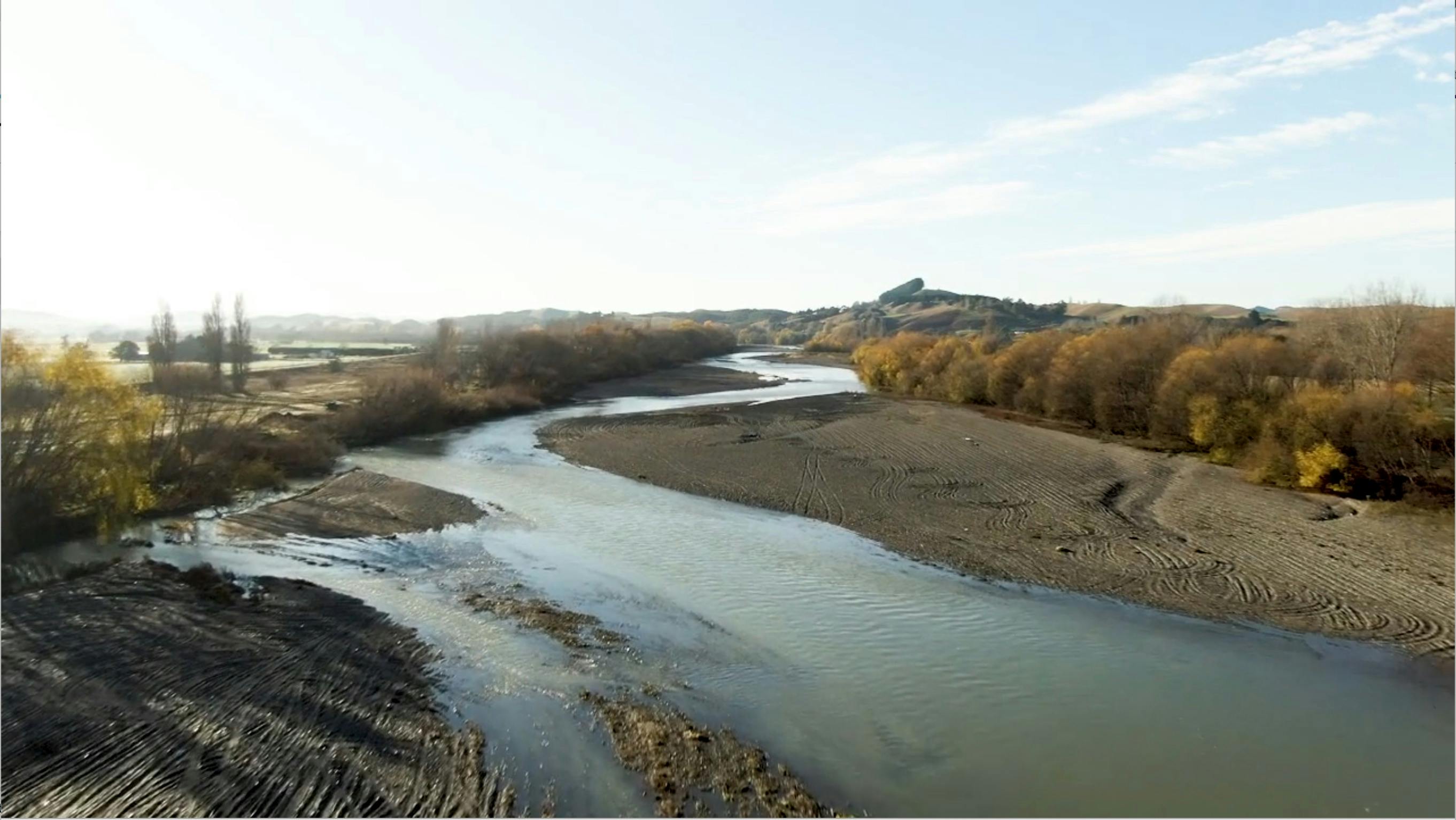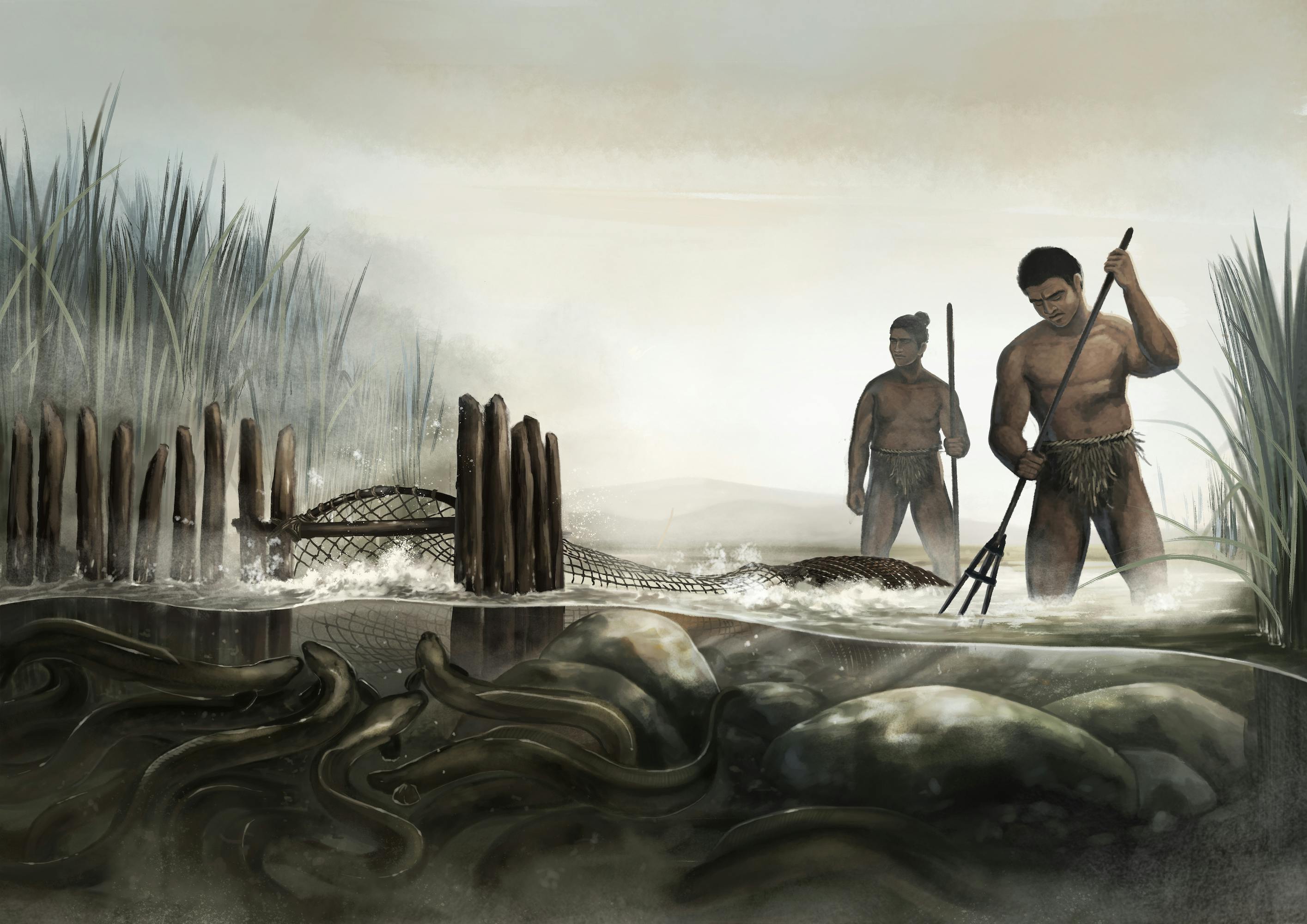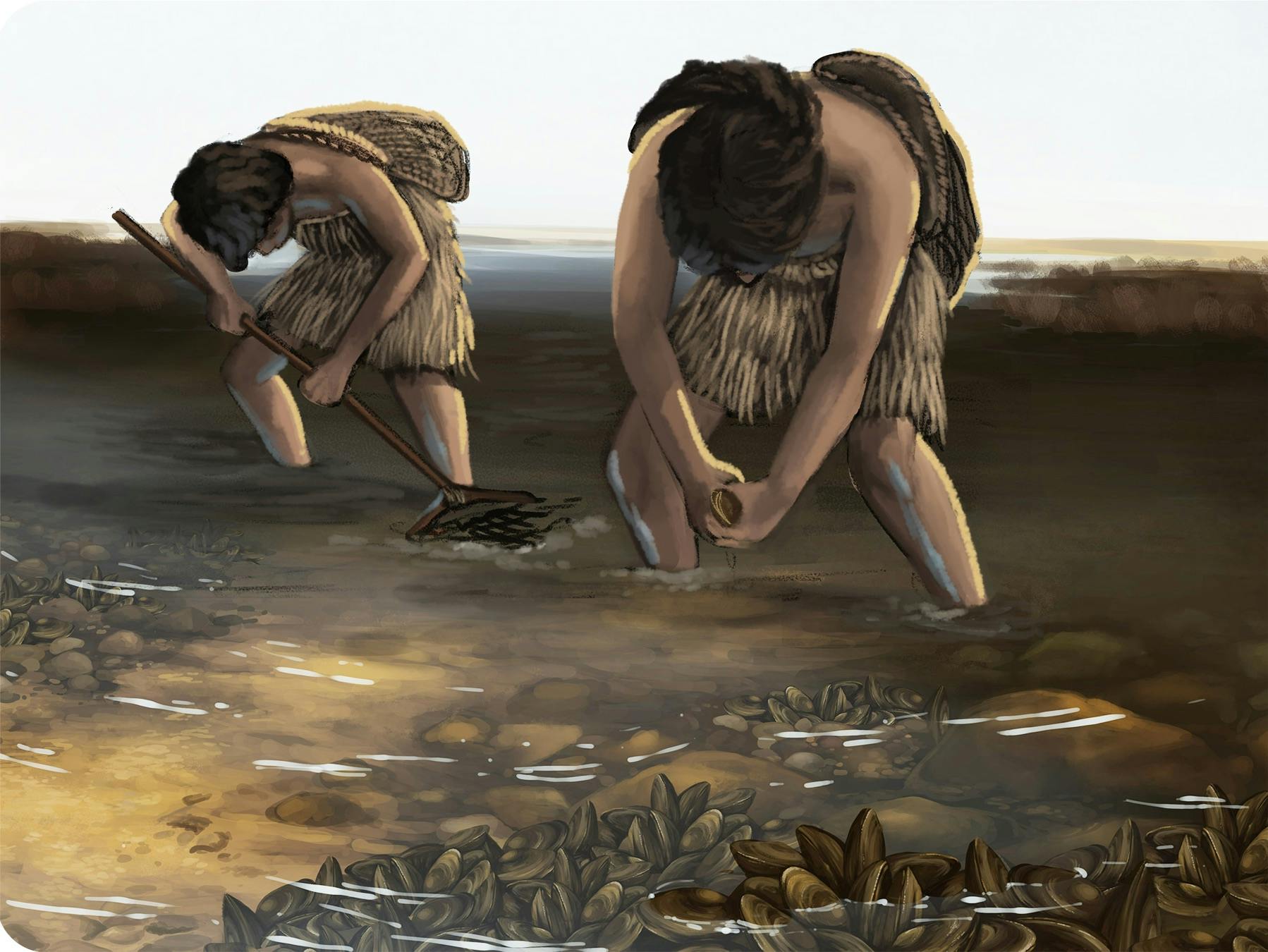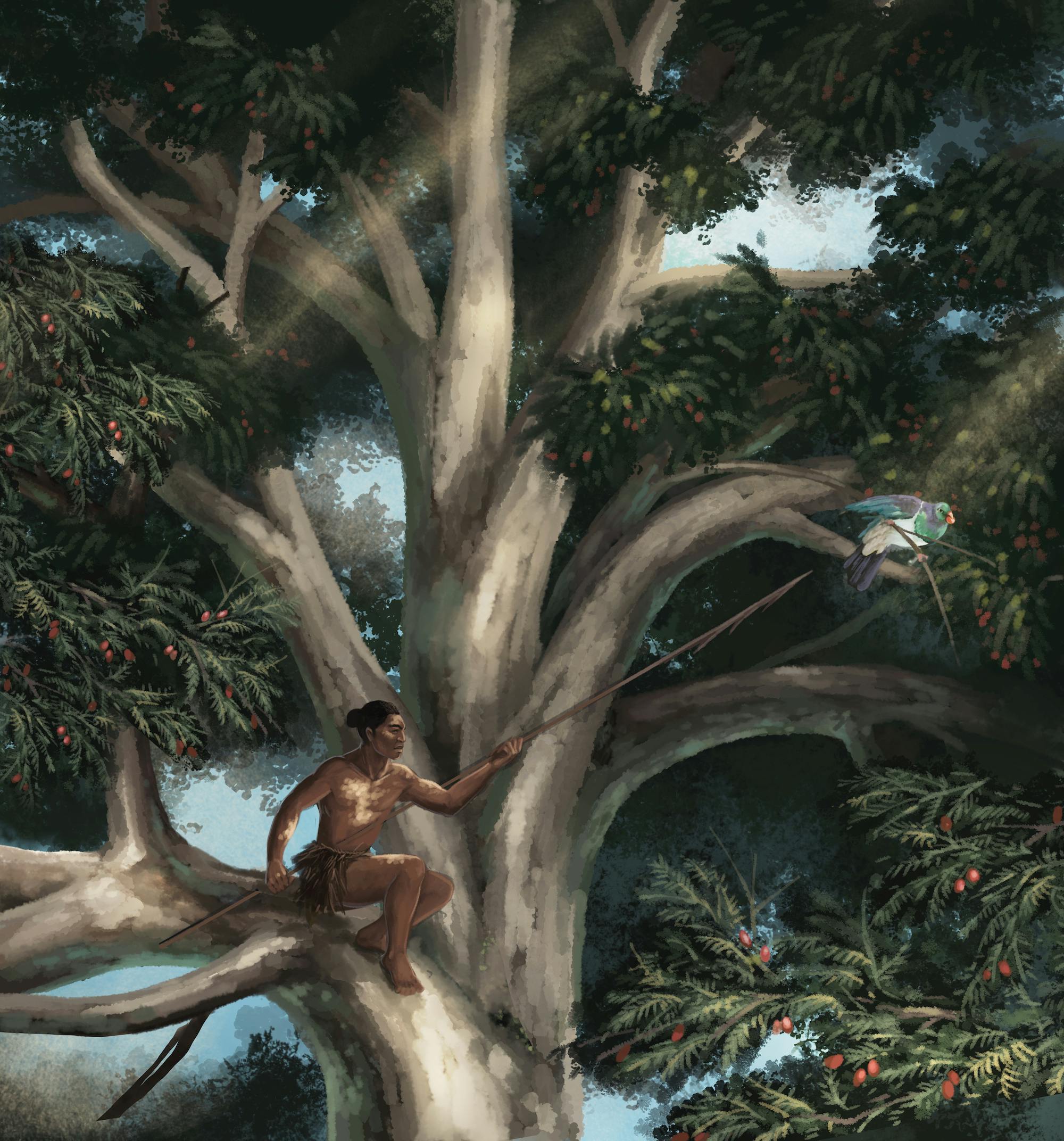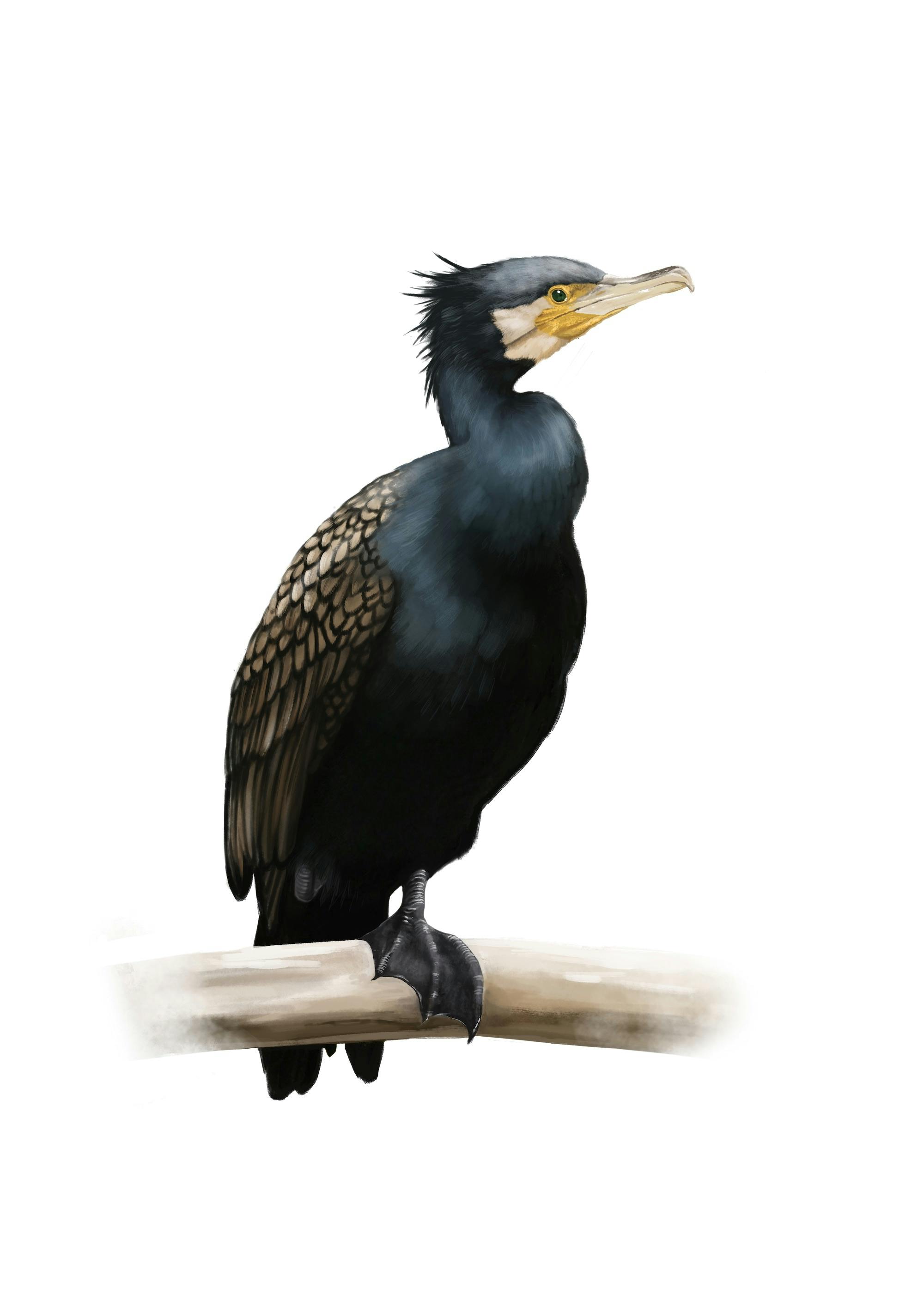About the Tukituki
With Roger Maaka & Johnny Nepe Apatu
The Tukituki River flows down from the Ruahine Range, collecting a myriad of other rivers and streams along the way. Just west of Waipukurau is the confluence of the Māharakeke, Mākāretu, and Tukipō rivers. When these meet the Tukituki River, together they flow through a narrow gap between hills to enter the Waipukurau floodplain.



